Idea by
Sebastian Castro, Lucas Ormazábal, Gabriela Valdes.
Yesporciento
Call for ideas 2021
Skate places
Skate places
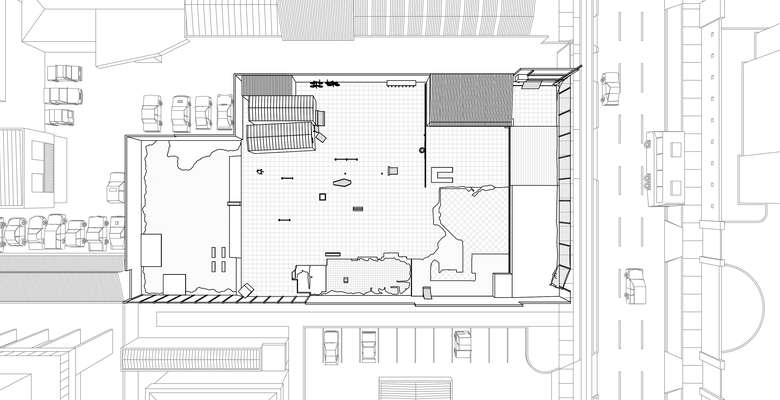
- Systemic changes
Skateboarding is a practice of spatial appropriation that recognizes in the city its multiple characteristics and components as an active resource to be explored, directly related with its constant process of transformation, expansion, reinvention and development. However, those who design and manage our cities, see skateboarding as a pathological phenomenon to eradicate through vigilance and a series of architectonic techniques that seek to dissuade activities in the public and private spaces of our city. Skate places are spaces that were born from appropriation, collaboration and self-management, very different from what neoliberal cities consider admissible. This research aims to influence architects and decision makers beyond our field, as an opportunity to rethink the role of skateboarding in the cities of the future.
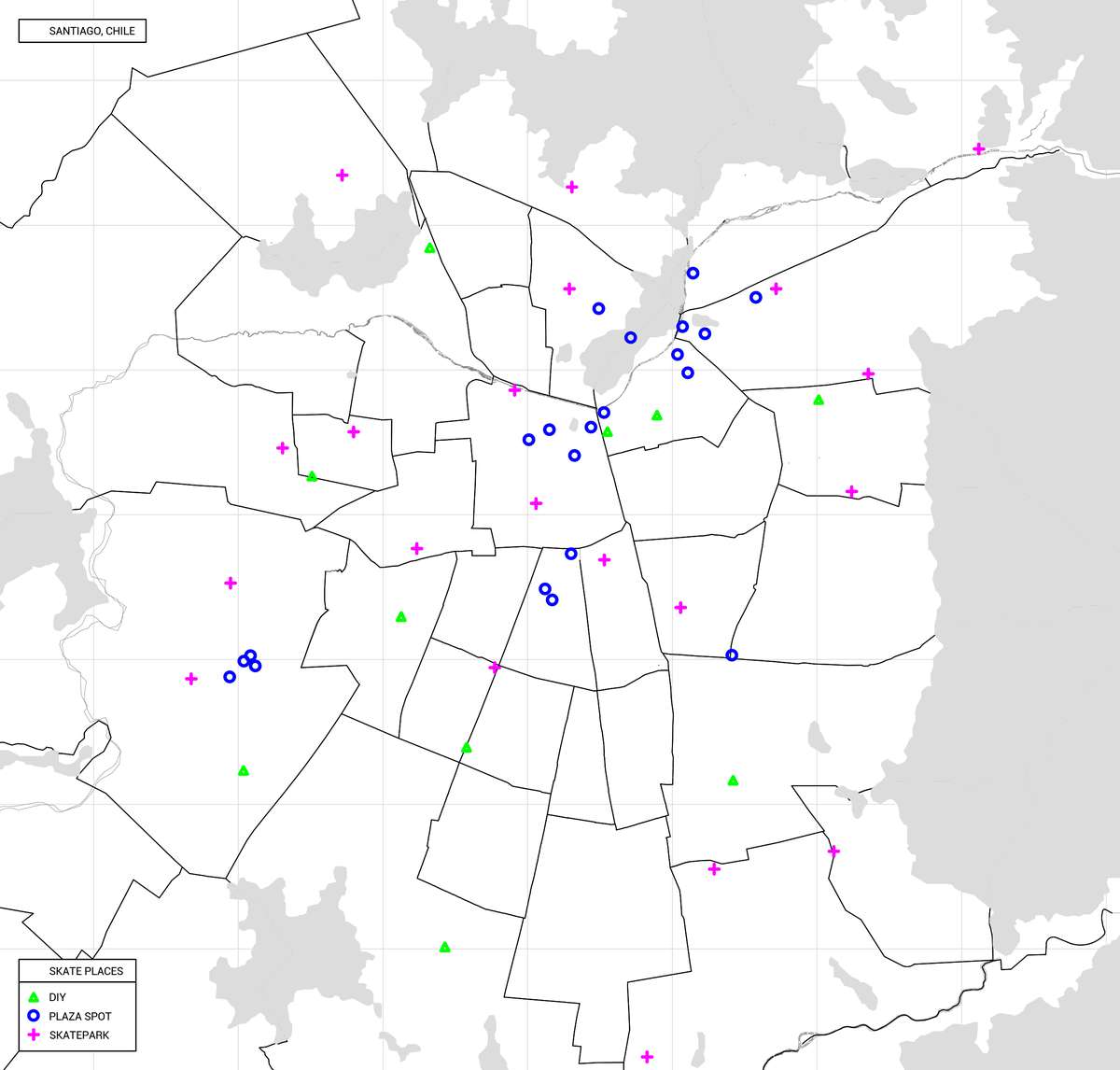
In Santiago, there are more than 80 sites for the practice of skateboarding, from consolidated places as infrastructure, self-managed places to appropriation of abandoned spaces.

The image shows one of the cases studied inserted in the heart of Santiago. Its development has been based on the appropriation and self-management of the skaters themselves in an ex automotive that, due to its condition in "abandonment", with smooth pavement and central location, gathers the necessary conditions to be exploited as a skate place, giving value to the territory and expelling undesirable practices such as fights, garbage dump, focus of crime, among others.
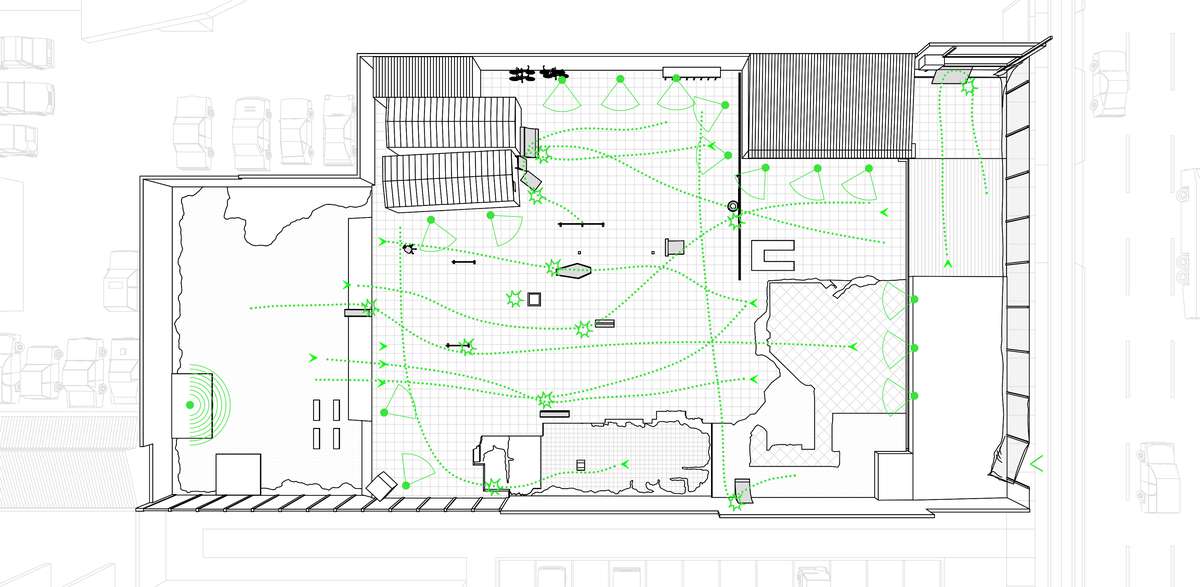
Observing and recording the dynamics of use of these places is essential. The interaction between skaters, objects, pavements and the existing architecture make the space as a potentially cultural place that brings together different types of phenomena related to the skateboard subculture.

On the other hand, it is possible to observe how these places are configured by pieces of different magnitudes and uses. In some cases, the pieces are self-managed and built by local skaters with purchased or mostly recycled materials, as well as elements already constituted for a particular use that take in a new reading and use by skaters.
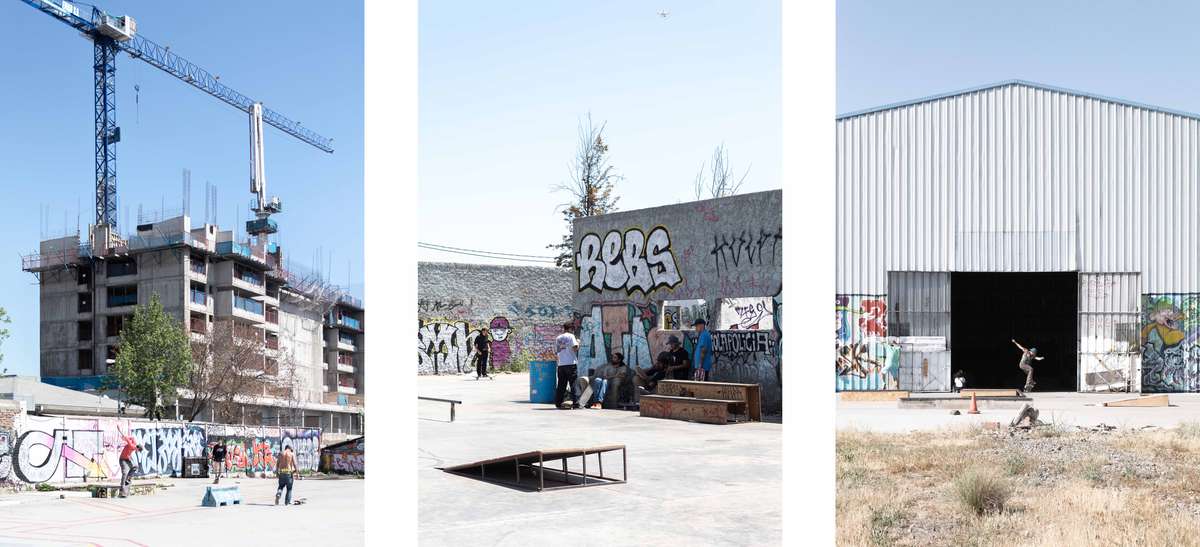
Photographs of the spaces in use.
Skate places
Skate places

- Systemic changes
Skateboarding is a practice of spatial appropriation that recognizes in the city its multiple characteristics and components as an active resource to be explored, directly related with its constant process of transformation, expansion, reinvention and development. However, those who design and manage our cities, see skateboarding as a pathological phenomenon to eradicate through vigilance and a series of architectonic techniques that seek to dissuade activities in the public and private spaces of our city. Skate places are spaces that were born from appropriation, collaboration and self-management, very different from what neoliberal cities consider admissible. This research aims to influence architects and decision makers beyond our field, as an opportunity to rethink the role of skateboarding in the cities of the future.

In Santiago, there are more than 80 sites for the practice of skateboarding, from consolidated places as infrastructure, self-managed places to appropriation of abandoned spaces.
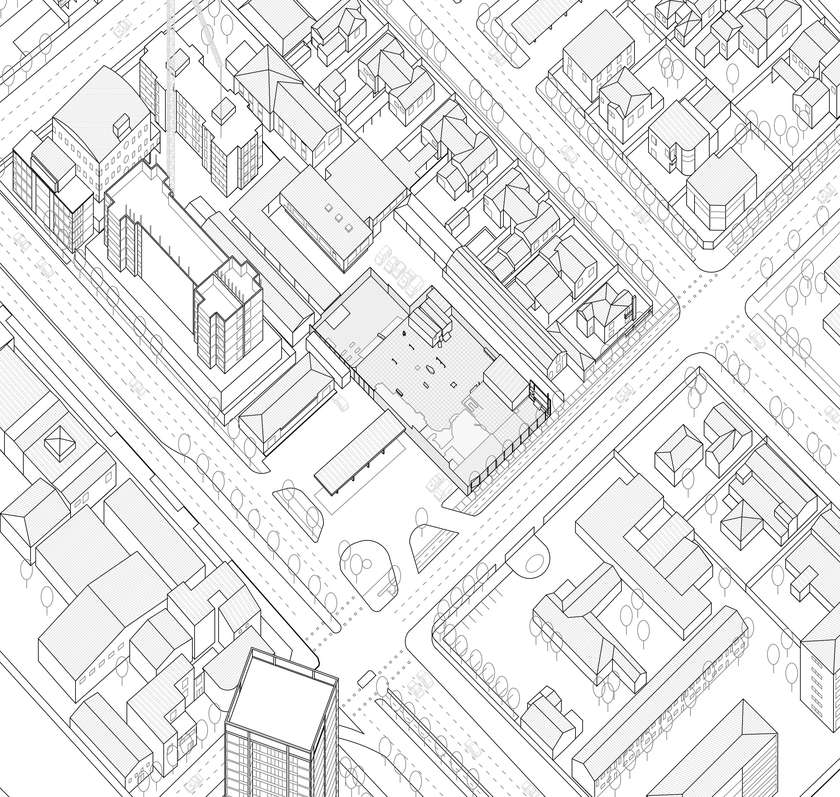
The image shows one of the cases studied inserted in the heart of Santiago. Its development has been based on the appropriation and self-management of the skaters themselves in an ex automotive that, due to its condition in "abandonment", with smooth pavement and central location, gathers the necessary conditions to be exploited as a skate place, giving value to the territory and expelling undesirable practices such as fights, garbage dump, focus of crime, among others.
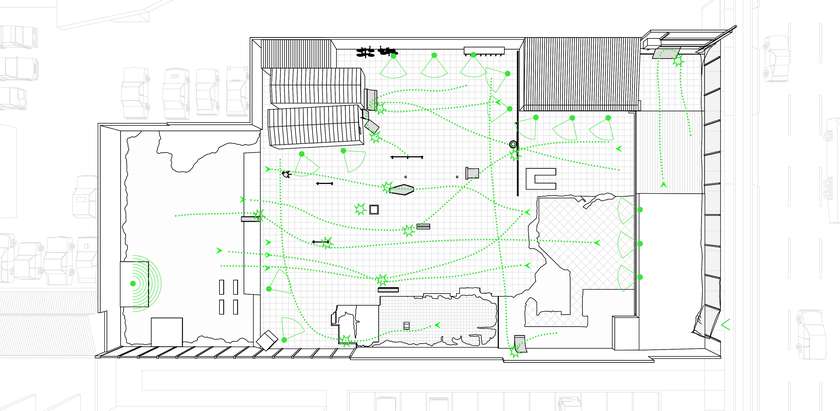
Observing and recording the dynamics of use of these places is essential. The interaction between skaters, objects, pavements and the existing architecture make the space as a potentially cultural place that brings together different types of phenomena related to the skateboard subculture.
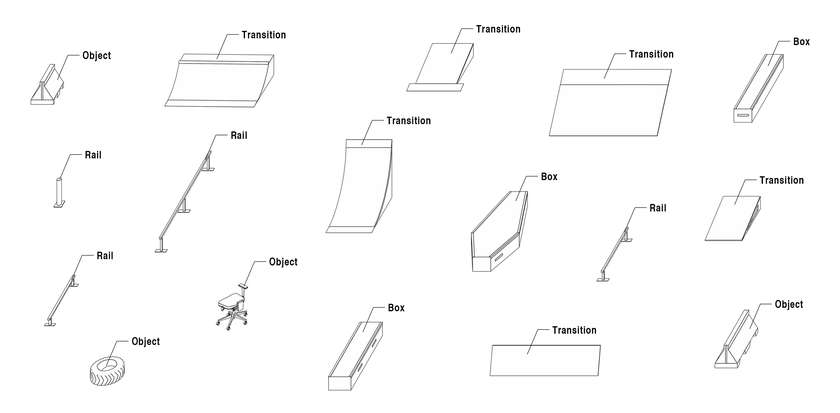
On the other hand, it is possible to observe how these places are configured by pieces of different magnitudes and uses. In some cases, the pieces are self-managed and built by local skaters with purchased or mostly recycled materials, as well as elements already constituted for a particular use that take in a new reading and use by skaters.
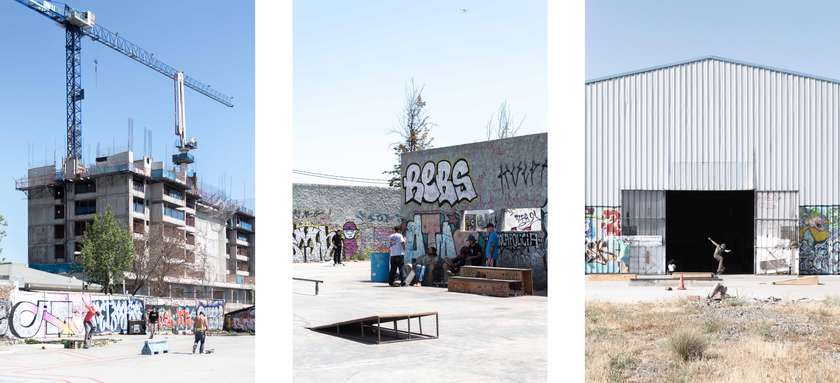
Photographs of the spaces in use.